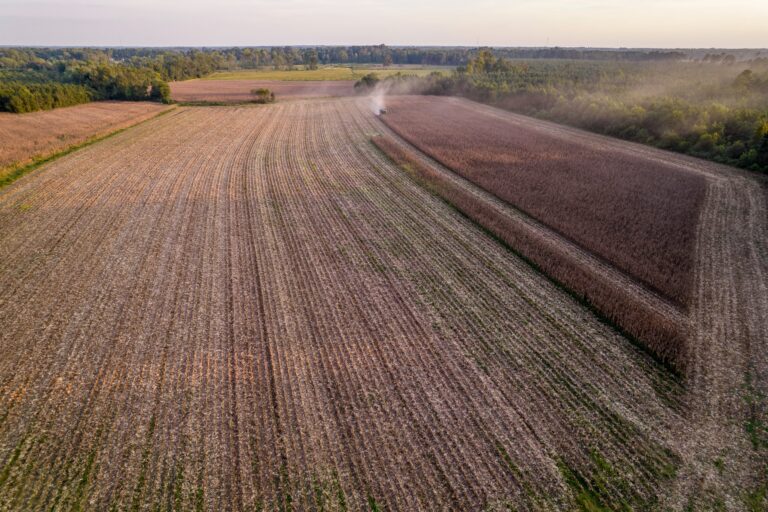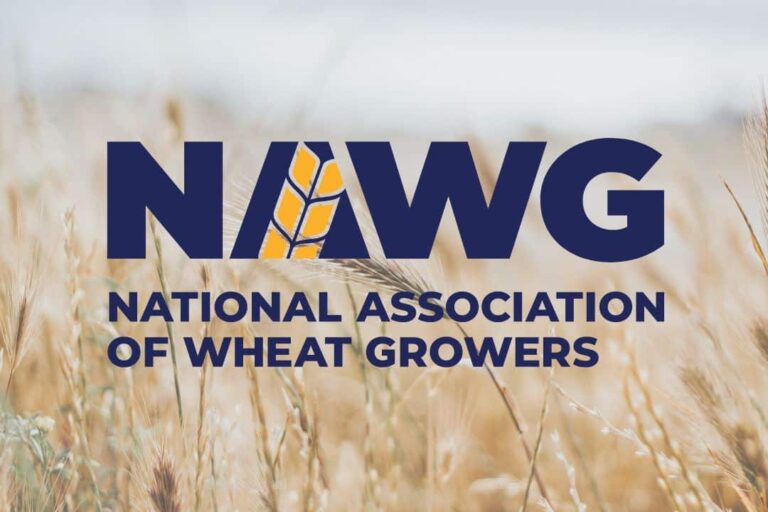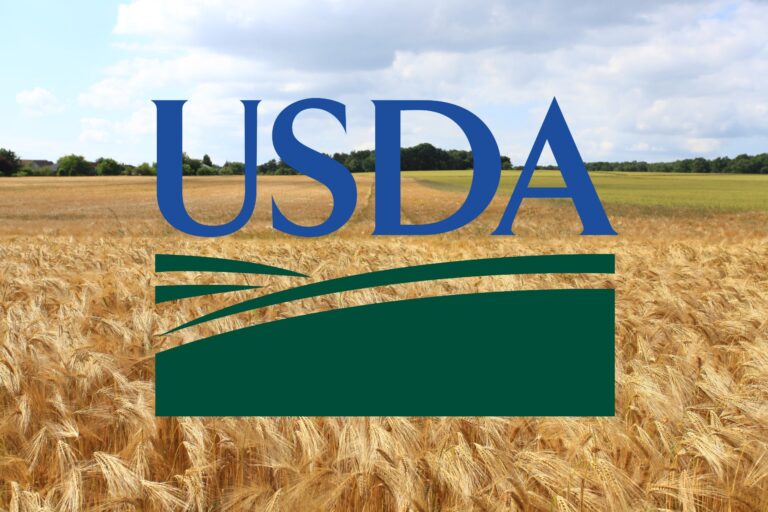Washington, D.C. (September 14, 2023) – The National Association of Wheat Growers (NAWG) completed the second part of its 2023 summer Farm Bill fly-ins. The first round of hill visits happened earlier this summer in July.
During the hill visits, wheat growers from across the country reinforced NAWG’s core priorities and underscored the need for Congress to work together to ensure farmers can continue to provide safe and affordable food for all Americans. Between both summer fly-ins, wheat growers met with over 110 offices. On Tuesday and Wednesday, growers from 14 states met with their delegations, staff from the four corners of the House and Senate Agriculture Committees, and leadership offices in efforts to continue to educate lawmakers and advocate for an effective farm safety net. Additionally, during the July visits, our growers met with Senate Agriculture Committee Chairwoman Stabenow and Ranking Member Boozman and House Agriculture Committee Chairman Thompson, along with other members of Congress to discuss priorities in the Farm Bill.
In these meetings, NAWG continued to underscore the need to get a Farm Bill done, which works for wheat growers and rural America. These conversations included:
- Protecting crop insurance that serves as the cornerstone of the farm safety net.
- Working to strengthen and enhance Title I and crop insurance to protect farmers better.
- Supporting financial and technical assistance through voluntary conservation cost-share programs for producers in all climates and wheat-producing regions.
- Encouraging additional investment in agricultural trade promotions and US commodities as part of the Farm Bill’s trade title.
- Supporting wheat research programs authorized under the Farm Bill and robust funding as part of the annual appropriations process.
- And how wheat growers can continue to help educate members of Congress and be a resource as Farm Bill discussions continue.
“I want to thank all of the members of Congress, their staff, and wheat growers who took the time over the summer to meet in D.C. and talk about the Farm Bill,” said NAWG President and Oregon wheat farmer, Brent Cheyne. “It is so important for wheat growers to tell their story and share their needs and concerns with lawmakers to help formulate policies and programs that benefit wheat growers and the ag industry.”
During the meetings, lawmakers and their staff expressed optimism about being able to proceed with a Farm Bill later this year. However, Congress must first pass a fiscal year 2024 appropriations package before federal funding runs out at the end of the month. While we are encouraged with the optimism to work towards finishing the Farm Bill in a timely manner, a common concern was the availability of new resources to make additional investments that could further improve the farm safety net.









